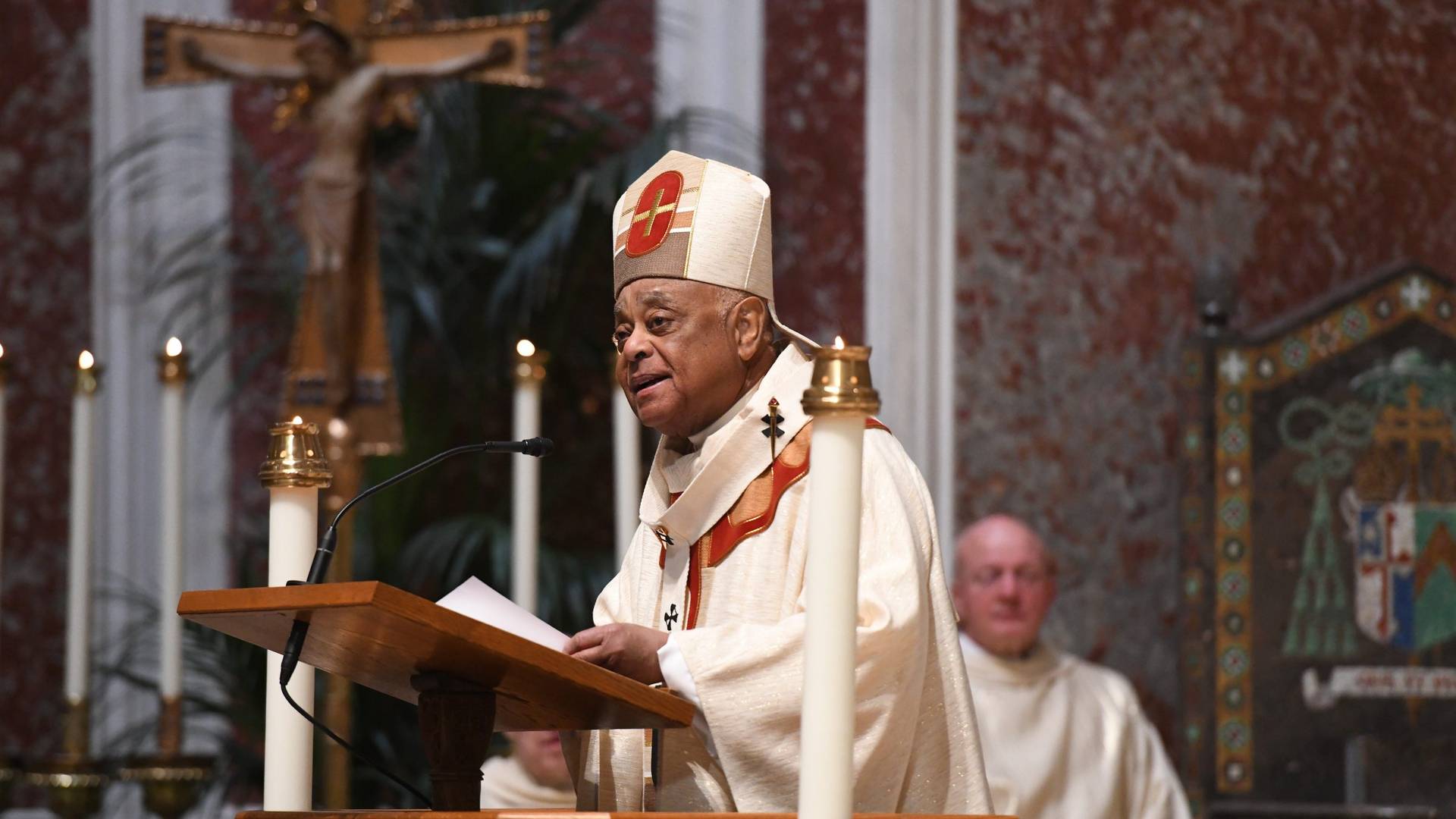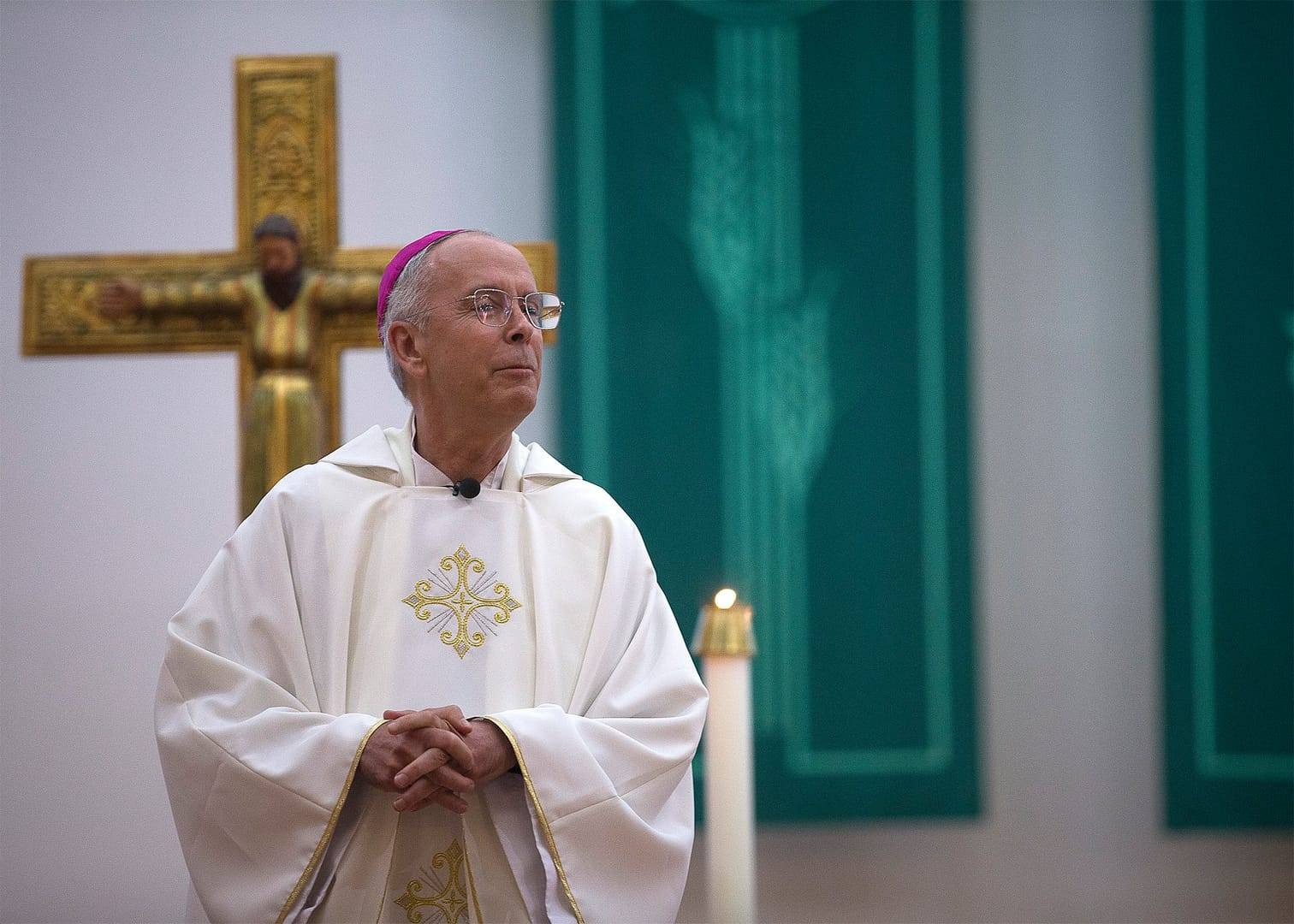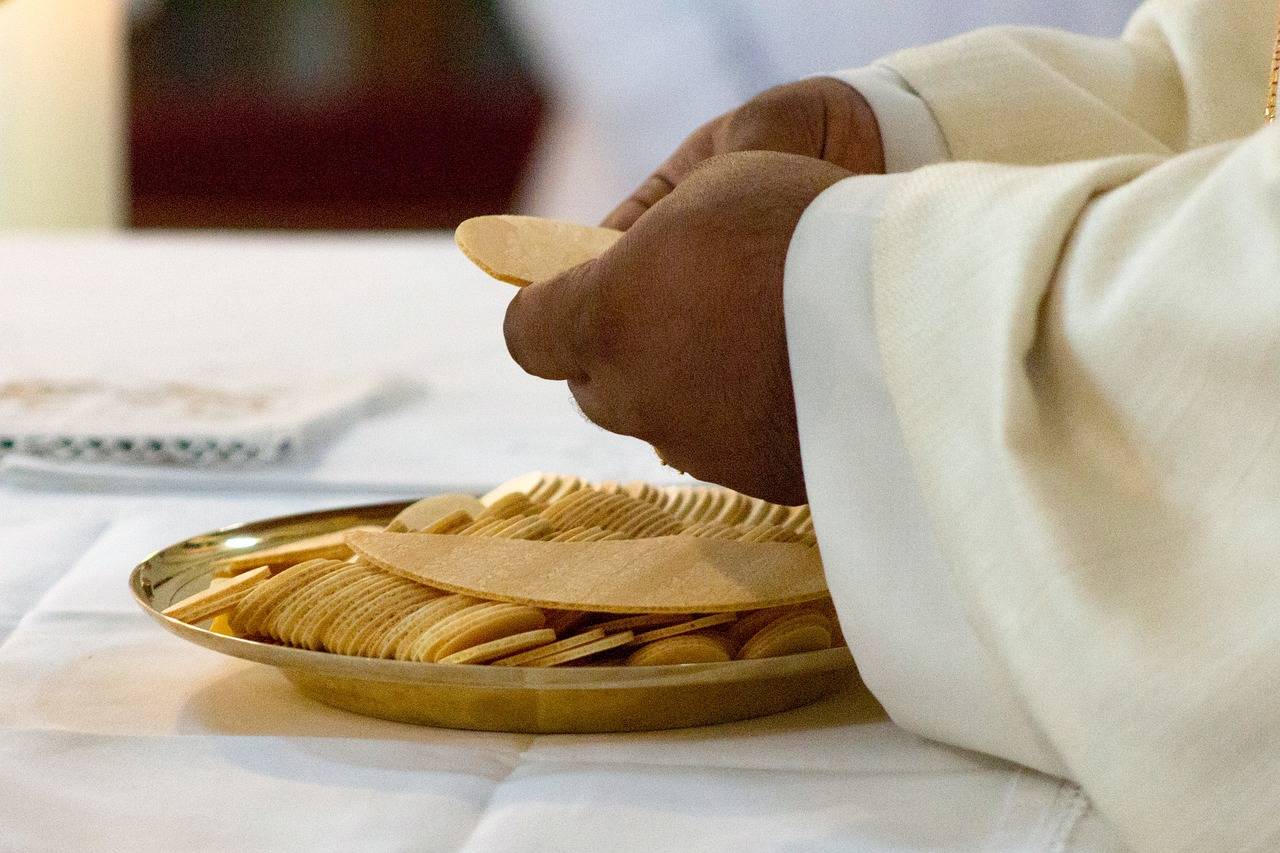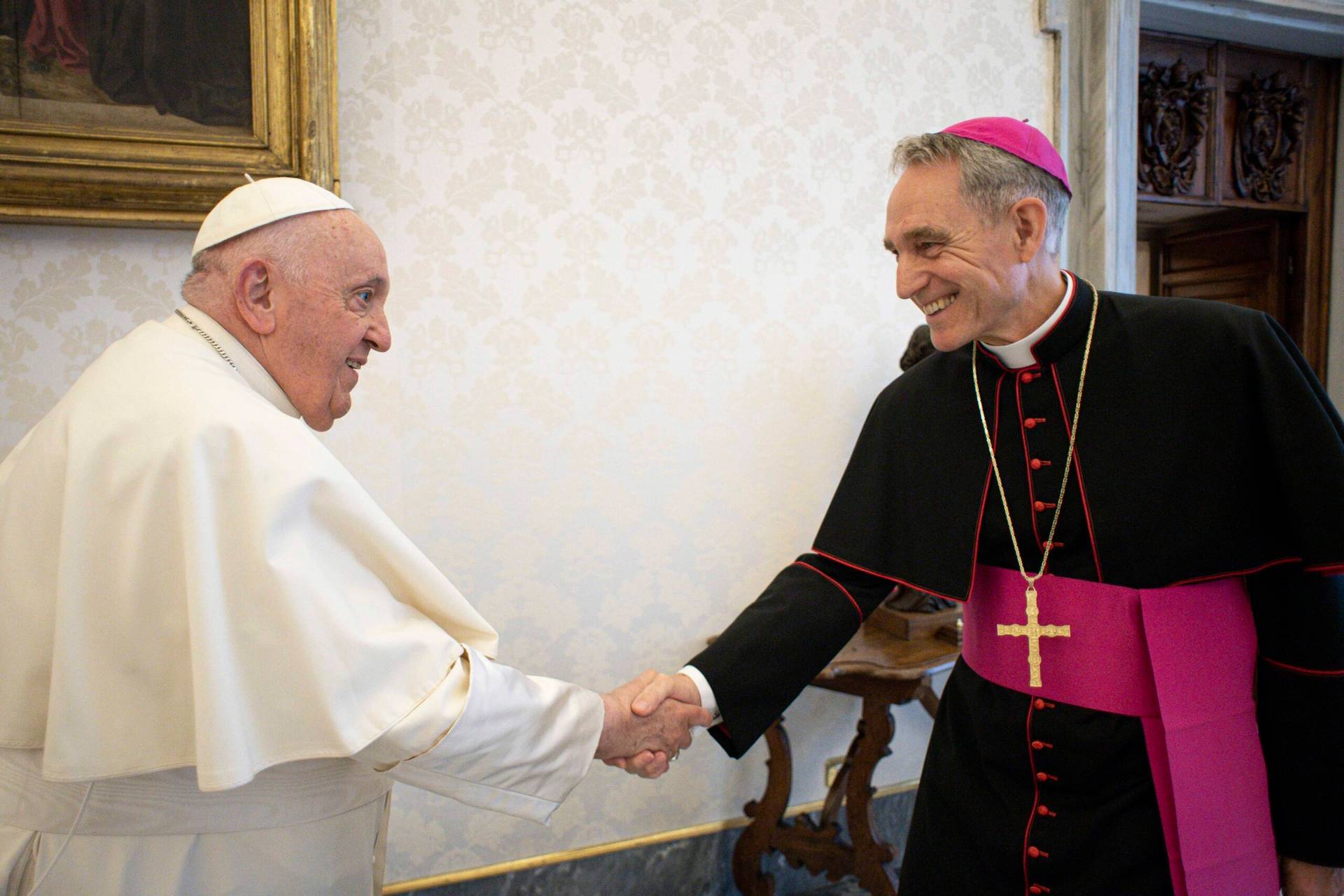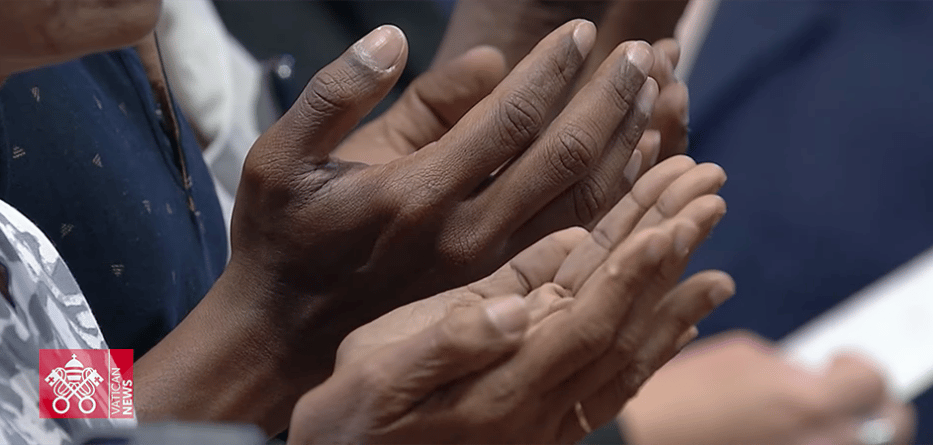[Editor’s Note: Dr. Jason T. Eberl is Professor of Health Care Ethics in the Albert Gnaegi Center for Health Care Ethics at Saint Louis University and the editor of Contemporary Controversies in Catholic Bioethics (Springer, 2017). His current research focuses upon conscientious refusals in health care with forthcoming articles in Theoretical Medicine and Bioethics and Proceedings of the American Catholic Philosophical Association. He spoke to Charles Camosy about the state of Catholic healthcare in the United States.]
Camosy: Can you say something about how prevalent Catholic health care institutions are in the United States right now? And perhaps how it varies by area? For instance, I’m fairly certain the Midwest has a lot of Catholic institutions, while St. Vincent’s – the last Catholic hospital in all of Manhattan – closed back in 2010.
Eberl: Across the nation today, about one in six patients is cared for in a Catholic hospital. Furthermore, Catholic health are systems are among the largest non-profit health care providers in the U.S. This is not surprising given the Church’s long history of providing health care, particularly in poor and underserved areas, in the U.S. all the way back to the 18th century.
The prevalence of Catholic hospitals and clinics varies in different parts of the country, however. In the state of Washington, for example, over 40 percent of beds are in Catholic hospitals. The Midwest also has a large number — over 30 percent — of beds located in Catholic hospitals, as well as a significant number of smaller clinics in both inner-city and rural areas that are administered and staffed by Catholic health care systems.
The state of Indiana, for instance, where I previously taught, has two large statewide Catholic health care systems: Ascension and Franciscan. St. Louis, where I currently teach, is also home to two Catholic health care systems: SSM and Mercy.
What does it mean for a Catholic hospital to call itself Catholic? I’m asking this especially given the number of mergers and acquisitions in recent years – when Catholic hospital systems kind of absorb non-Catholic hospitals via a business transaction.
To call itself “Catholic,” a hospital or larger health care system must adhere to the Ethical and Religious Directives for Catholic Health Care Services [ERDs] promulgated by the U.S. Conference of Catholic Bishops [USCCB]. This document authoritatively interprets and applies magisterial pronouncements from the Vatican, such as the Charter for Health Care Workers, Pope John Paul II’s encyclical Evangelium Vitae, and the Congregation for the Doctrine of the Faith’s Dignitas Personae, Donum Vitae, Declaration on Euthanasia, and Declaration on Procured Abortion.
Mergers with non-Catholic hospitals, or sales of Catholic hospitals to a non-Catholic healthcare system, typically involve stipulations that services forbidden by Catholic teaching will not be performed in such hospitals. Although Catholic hospitals and health care systems are not under the direct control of the USCCB, local bishops do have oversight authority over any Catholic institutions in their respective dioceses. Hence, mergers or sales of Catholic hospitals are subject to episcopal approval.
When a Catholic hospital or healthcare system contravenes Church teaching, as interpreted by the USCCB or local bishops, it can no longer officially call itself Catholic, as witnessed in the transition of Catholic Healthcare West to Dignity Health due to how it structured its mergers with various non-Catholic hospitals. This is, of course, a complex issue involving questions of values, finances, and authority. Readers may be interested in the first-hand account of the change to Dignity Health by Carol Bayley in Conscience and Catholicism (Orbis, 2015).
Dignity Health continues to operate hospitals that adhere to the ERDs as well as non-Catholic hospitals that follow a “Statement of Common Values.” The most recent edition of the ERDs, just published this summer, directly addresses the ethical conflicts that may result from such mergers.
The increasingly influential website FiveThirtyEight is doing a series of stories on issues they believe are raised by Catholic dominance of healthcare in certain places in the country. Their first piece focused on rural areas where the Catholic hospital might be the only one around for hundreds of miles and focused on the burden placed on people who want procedures done that the hospital cannot in good conscience provide. How do you think such situations should be handled?
A relevant background question is whether the legality of the requested procedures enshrines a negative or a positive right to access them. For example, the initial legalization of abortion in the Roe v. Wade and Doe v. Bolton decisions procured a negative right for an individual not to be interfered with by federal or state laws prohibiting or restricting access to abortion within the early stages of pregnancy.
The later Casey v. Planned Parenthood decision expanded this right by proclaiming that laws that restrict abortion access in the latter stages of pregnancy cannot place an “undue burden” on pregnant women. In neither these nor other decisions have U.S. courts granted a positive right to abortion by requiring the state or healthcare providers to ensure the provision of such services.
If a U.S. state or the federal government had an interest in securing or facilitating access to abortion or other medical services that Catholic hospitals will not provide, then I would contend that it is up to the state or federal government to promote systemic changes in the healthcare delivery system to provide such access. This could be accomplished through public financing of more non-Catholic hospitals and clinics in rural areas so that there is not just one Catholic hospital for hundreds of miles.
Although the Hyde Amendment prohibits the use of federal taxpayer funds to subsidize abortion, it does not directly prohibit public funding of non-sectarian hospitals in which abortions are performed. In my view, this would be a preferable solution to burdening the individual or institutional consciences of Catholic healthcare providers by either requiring them to violate their moral integrity or forcing them out of the healthcare business altogether, which would have a significant detrimental impact on patients overall.
My own reaction to this series is that Catholic healthcare institutions ought to be better coordinated in being upfront with patients about their Catholic identity and what it means for the kind of care they can provide. Do you share this reaction? What could be done to do this?
I agree that there needs to be greater uniformity and transparency on the part of Catholic health care institutions so that patients are not caught off-guard at the bedside when requesting a procedure that contravenes Catholic moral teaching. While the ERDs leave some room for interpretation and application by different Catholic hospitals or individual providers, there have been clear misinterpretations or misapplications that have been the target of critics.
One example involves Catholic physicians in Ireland back in the 1980s who would not utilize Caesarean section for obstructed pregnancies out of a concern that women would be restricted from having “the maximum number of children possible in the future.” There is nothing in authoritative Catholic teaching, however, that restricts women from giving birth via C-section; nor does the Church, despite its prohibition of artificial means of contraception, require couples to reproduce the most children they can.
A surprising element of the FiveThirtyEight story of a pregnant woman who was denied a tubal ligation at a Catholic hospital as part of her C-section delivery is that her request for tubal ligation was part of her birth plan, which presumably was (or should have been) discussed with her physician well before she went into labor. It was at that earlier point, not waiting until she was in labor, that her physician should have informed her that she could not have that procedure at a Catholic hospital. This would have allowed her to seek care elsewhere. Transparency up front should be paramount to truly inform patients before they consent to receive care at a particular hospital or from a particular provider.
The FiveThirtyEight series is representative of a growing discussion among the medical and bioethical communities concerning whether healthcare institutions and individual providers should continue to enjoy legal protections for conscientiously refusing to provide services considered to be part of the “standard of care.” What sort of traction do you see this discussion gaining and how should Catholic healthcare systems and providers respond?
Arguments against healthcare providers continuing to have a legally-protected right to conscientiously refuse to provide morally contested services have been fueled recently by high-profile cases in which patients were denied services with a detrimental impact on their health or well-being, particularly in medically underserved areas in which access to alternative providers proved difficult or practically impossible.
In my view, these cases call for systemic reform to ensure access to such services, provided the state has an abiding interest in enshrining a positive right to them, as opposed to forcing providers to violate their individual consciences or institutional mission. Daniel Sulmasy of Georgetown University has argued that, particularly in a liberal democratic polity that respects freedom of religious expression, society should tolerate, within reasonable limits, healthcare providers’ exercise of conscience.
In striking a balance between toleration and respecting the legal rights of individuals to access morally contested medical services, the onus arguably lies with the political guarantors of such rights, as opposed to healthcare providers who do not recognize such rights as being in accord with rationally defensible principles of a universal moral code. Furthermore, what is at stake is the very definition of what should constitute the “standard of care” in medical practice. The presumption that, for example, abortion or physician-assisted suicide is part of the standard of care is based on contestable views of the moral and legal status of unborn human beings, of individual autonomy, and of the value of life.
Insofar as medicine is a moral community, while there are definitive values and principles that define its essential nature and mission as a profession, the monolithic imposition of specific answers to these perennially debated questions stifles the profession’s capacity for moral growth.








